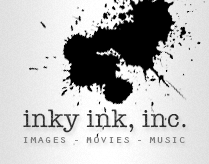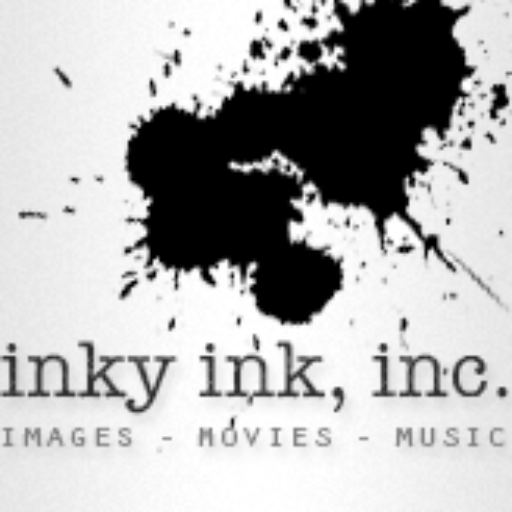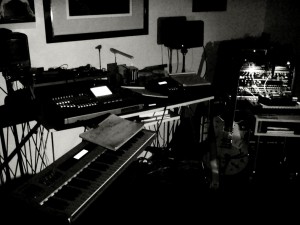About
The Images
ANALOG
The photographs on this website were taken over the course of the past 40 years with a variety of cameras. The handful of 35mm photos included here were taken with an Olympus XA and a Pentax IQ Zoom. Some of the Polaroid photos were taken with a Polaroid 1200FF camera shooting Spectra film. These have a horizontal 3 5/8 x 3 inch image as opposed to the square 3 x 3 inch SX70 format. The majority of the images in the analog section were shot with a vintage SX70 Alpha One Land Camera using Polaroid Time Zero film. This film, and all Polaroid film, went out of production several years ago but I was able to put together a substantial stash while it was still available. The Impossible Project people in Holland have been producing a variety of instant films for use in Polaroid cameras for several years now (to varying degrees of success) and, lo and behold, Polaroid has recently rebooted their instant film production operation. All of the analog images were scanned with an Epson V700 scanner. For the most part, only minor adjustments to exposure and color saturation have been made to the scanned photos.
DIGITAL
My first digital camera was a tiny Casio Exilim which I bought to take on an expedition to my hometown, New Orleans, shortly after Hurricane Katrina. In my complete ignorance of digital photography I didn’t realize that digital cameras required a memory card, so most of the photos I took on that trip ended up being Polaroids. I upgraded to a Sony DSC T-100 camera in 2006 and the movies on this website were shot with this nice little camera. I upgraded again to an Olympus E-P1 in 2011, an E-P2 in 2013, and, in a major step up, an Olympus PEN-F in 2016. Not long after acquiring my first iPhone in 2011 I started shooting with the Hipstamatic app, which I have found to be very enjoyable. I am currently using Hipstamatic on an iPhone 11 Pro. The iPhone is particularly useful for street photography. Since just about everybody on the street in a big city these days is clutching a smart phone, Hipstamatic makes it possible to shoot discretely and quickly, changing settings on the fly. When I’m out on the prowl in a serious fashion I frequently have all three formats at hand: Polaroid, iPhone and Olympus.
The Music
The music currently on this website represents a very small and selective sampling of recordings produced since about 1982 in a variety of home studios. The earlier work was recorded on a Tascam 224 Portastudio four-track on cassette machine and mixed down to either a Sony Walkman Pro cassette deck or, later, a Sony DAT recorder. The drum machines of choice in the early days were a Roland TR 505 and an Alesis HR16. The outboard effects gear encompassed a vast array of stomp boxes and inexpensive rack-mounted reverbs, delays and distortions. Some of the more recent material was recorded on a Roland VS 1824 18-track digital hard disc recorder. Very complex and unable to interface effectively with current computer-based recording formats, this device quickly became a dinosaur. More useful and fun is the Roland SP 808 GrooveSampler. All of the samples were recorded on this device and it is still in use. The move towards computer-based recording has finally caught up with me and the transition is still in process. The cover of Dylan’s ‘It’s All Over Now, Baby Blue’ was mixed and mastered by musician/studio engineer extraordinaire Will Dyar. Cheers, Will! More music will hopefully be forthcoming soonly now that Brother Will has helped set me up in the brave new world of digicentric recording. Wish me luck.
The majority of these recordings are solo projects with yours truly supplying guitars, vocals, bass, keyboards, percussion, samples, and rhythm programming. You might notice that there is a suite of seven short pieces (‘Gallery Opening,’ ‘Rooming House Parlor,’ etc). Collectively they are titled ‘Silence, Cunning, Exile’ and are the result of a 1995 collaboration with my long-time musical co-conspirator, the late Steve LaRue. They were inspired by specific images by Diane Arbus, but those images are not reproduced here because I’m allergic to getting sued. The songs ‘Heart Massage’ and ‘Wooden Men’ are the work of Los Hermanos de Gein—a short-lived yet productive studio project that included Steve and myself in its combustible membership.
The extended composition playing over the Home page images of this site is a solo piece recorded in the late 1980s. It was originally created as a soundtrack for viewing Walter De Maria’s land art meisterwerk, The Lightning Field, which is installed near the town of Quemado in Catron County, New Mexico. This piece was intended for viewing The Lightning Field at dusk. Another (less successful) piece for dawn viewing is not included here.
The Movies
The movies currently on this site were all shot between 2007 and 2010 with a Sony DSC T-100 digital camera and edited using iMovie software on a MacBook. The basic notion was to avoid the clichés of standard ‘What I Did On My Vacation’-type tourist movies. I decided on a technique of shooting 60-second long scenes that were mostly stationary, or that employed fairly minimal movement. This is where I was, this is what I saw, this is what it was like at that moment. No commentary, no explanation. The only problem is that the movies get very long, very quickly: Hypnotic or just boring? So I took those movies down—for the time being. In ‘Soul Movie’ I decided to go in the opposite direction, assembling a movie of shots lasting no longer than 2 to 3 seconds, punctuated by a few recurring motifs. If you watch the movies posted on the site to the end you will see links to watch two other films on Vimeo: ‘Fleuve Noir’ and ‘Jamuna: Signs/Wonders.’ Soundtracks for both of these films are in the works.
The most recent and ambitious of my film projects is actually not posted here. It is a 22-minute documentary film about my father, the late artist John Clemmer (1921-2014), and was completed in the spring of 2021. The film was created as a companion to the exhibition ‘John Clemmer: A Legacy in Art,’ mounted by the Historic New Orleans Collection in recognition of the centennial of the artist’s birth. The exhibition ran from mid-July 2021 through early November of that year. The live footage was shot with an iPhone 11 Pro outfitted with a Movi Freefly gimbal and Moment lenses. It was edited on a MacBook Pro with Apple iMovie software. The music was recorded direct onto a TASCAM DR 40X Linear PCM Recorder. The instruments were a 1996 Parker Fly guitar (via a POD guitar effects processor) and an Alesis QS 6.2 digital keyboard. You can view the film by visiting the News page of www.JohnClemmer.com (just scroll down a bit to find the embedded media) or by going direct to YouTube.
The Person
The author of pretty much everything that you see and hear on this site was born in New Orleans, Louisiana, in the Year of Our Lord, 1959. He was educated at New Orleans public schools, Tulane University, and the University of New Mexico, eventually matriculating with a degree in Anthropology and Art History. He moved to New Mexico in late 1979, living first in Albuquerque and later in Santa Fe where he has hung his metaphorical and literal hat since 1991. He has paid his way in the world through work as a restaurant flunky, house painter, musician, sound engineer, record store manager, hotel desk attendant, DJ, critic and indentured servant of the art world. He began his tenure as Thursday night DJ at the venerable Matador Lounge in 2008. Inky Ink, Inc., was established in 2010 or thereabouts as a receptacle for the stuff that leaks out of his head on occasion. Please do feel free to make contact through the page provided for just such activity on this site, and Thank You!




